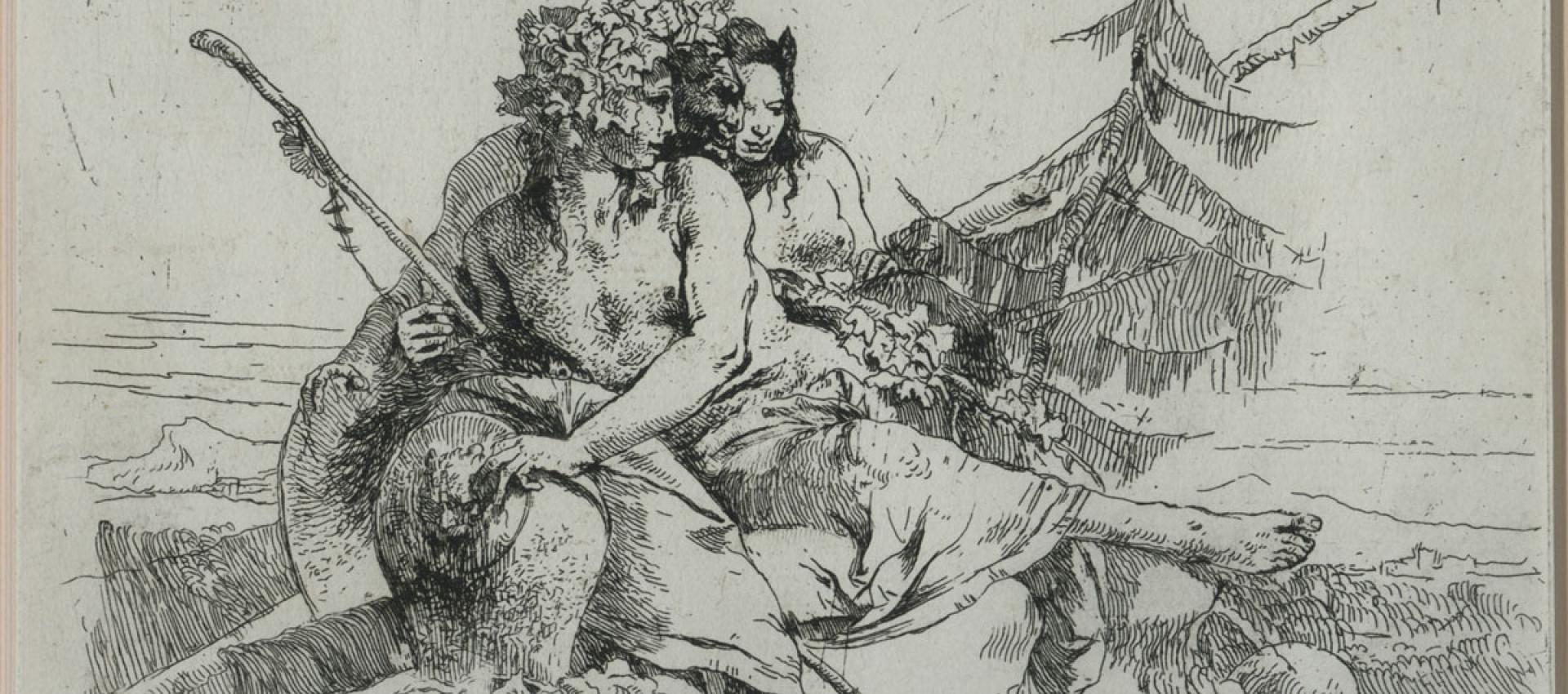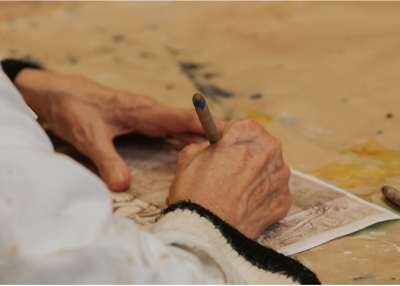
Une bacchante, un satyre et une faunesse. 1767, eau-forte de Giovanni battista
Breadcrumb
- Home
- Etching, the painter's tool: from Parmesan to Tiepolo
Etching
the painter's tool from Parmesan to Tiepolo
Du 22 March au 20 July 2025
The graphic arts department of the Louvre museum and the Musée des Beaux-Arts de Caen are collaborating on an exhibition that brings together the Edmond de Rothschild print collection and the Mancel collection around the practice of water-based etching in Italy from the 16th to the 18th century.
From the 16th century onwards, etching became a formidable means of dissemination for painters, particularly Italian ones.
It is particularly interesting to painters who wish to control how their works are reproduced, and therefore associate themselves with professional engravers. The invention of etching, an engraving technique that makes it possible to draw directly on the matrix covered with varnish rather than engraving the metal plate, which is easier to master, is a major turning point. This new technique allows artists to go beyond the question of reproduction quality and explore for themselves the artistic possibilities offered by this new medium. This turn, popular at first in Italy, is reflected by the development of a practice of etching by painters, and by the artists taking charge of their own artistic reputation.
Francesco Mazzola, known as Parmigianino, whose exceptional collection is preserved in the Musée des Beaux-Arts de Caen, was one of the first great exponents, before the process took on a central role in the European artistic landscape of the 17th century.
Price
Le musée est gratuit pour les moins de 26 ans et pour tous les 1er week-end du mois
